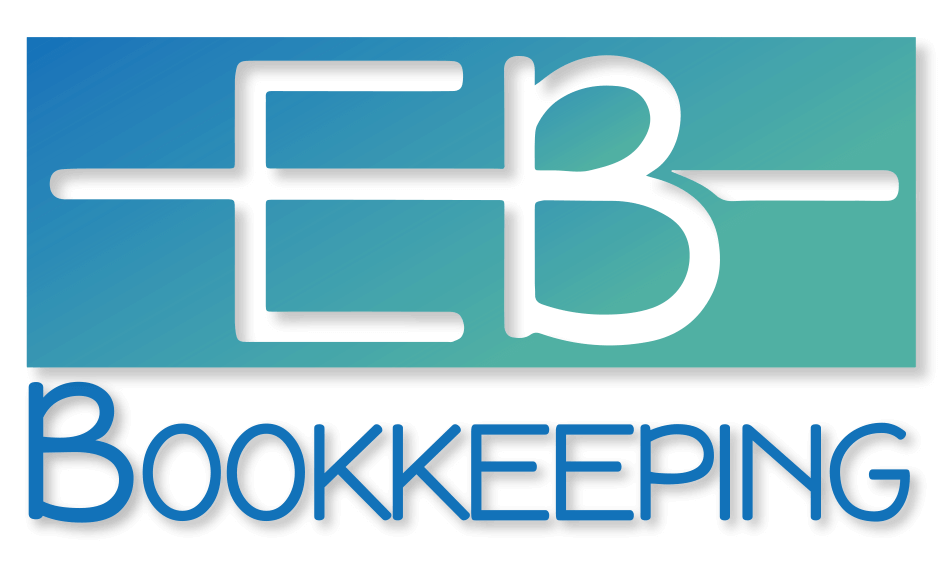What is the Employment Allowance, and why does it matter?
Have you heard of the Employment Allowance, but you’re not sure what it is, or how your business should be using it?
What is the Employment Allowance?
HMRC’s Employment Allowance lets companies reduce their yearly national insurance liability by up to £5,000 per tax year, if they prove they can meet certain criteria.
I find that a lot of the businesses I work with haven’t heard about this scheme – but when used correctly during any given tax year, it can often free up a significant amount of cash.
An important thing to note is that the Employment Allowance applies per business, not per employee. It doesn’t matter how many members of staff a company has – it can only claim up to £5,000 for its entire payroll.
Let’s go back to basics: what are Class 1 National Insurance contributions?
Class 1 National Insurance contributions are paid by employed taxpayers. They will automatically be deducted from an employee’s payroll if they are under the state pension age and earn more than £242 per week. They are currently calculated at 13.25% on any earnings above this £242 per week primary threshold. 3.25% Class 1 contributions must be paid on any additional earnings over £967 per week. (Different rates apply for apprentices aged below 25).
If an employee earns below the primary threshold, they will not need to pay NICs at all.
You can find more information on national insurance categories and contribution percentages on the gov.uk website.
Class 1 contributions are not to be confused with Class 2, 3 or 4 contributions. Class 2 and 4 contributions are paid by self-employed people according to the profits they are making within their businesses, and Class 3 contributions are contributed voluntarily by people who have gaps in their national insurance record that they want to fill in order to be eligible for the state pension or other benefits.
How does the Employment Allowance work in practice?
Proportionate amounts of relief are applied to NICs up to £5,000 every time a company issues its payroll. So, as an employer, you won’t need to wait until the end of the tax year to claim relief – you will see proportionate amounts applied to your payroll every time you make a Real Time Information (RTI) submission. (Most companies are signed up for RTI submissions now.)
What happens if you don’t use up your entire Employment Allowance in one tax year?
You’ll need to talk to HMRC directly – but they will usually be able to either put any of your unclaimed allowance towards your VAT or corporation tax bills. If you don’t owe any money in tax, you can request a refund.
Who is eligible for the Employment Allowance?
To claim relief on your employees’ NICs, you must be either a business or charity, and your total employers’ Class 1 National Insurance liabilities must be less than £100,000 in the previous tax year. You can also claim relief if you employ a care worker or a support worker.
Who is not eligible for the Employment Allowance?
There are some exceptions. For example, if more than half of your work takes place in the public sector – for example, with councils, or the NHS – you will not be able to claim the Employment Allowance.
Similarly, you will not be able to join the scheme if you are your limited company’s sole employee and also its director and you’re earning over the Class 1 threshold, or if your staff don’t pay NICs full stop (in the case of most freelancers and/or contractors).
Has the Employment Allowance changed in recent years?
Yes! From April 2022, the allowance increased from £4,000 to £5,000, giving businesses even more relief on their national insurance outgoings.
Can you claim backdated allowances?
Yes. You can claim Employment Allowance for the previous 4 tax years, as far as back as the 2018 to 2019 tax year. However, you’ll need to remember that the allowance was lower in previous years, so use the guide below to know what to expect:
- 2016-20 (now the first eligible period): Up to £3,000
- 2020-2022: Up to £4,000
- April 2023 onwards: Up to £5,000
Keen to start using the Employment Allowance, but don’t know where to start?
You can reach me on 07824 374346 or hello@ebbooks.co.uk.

